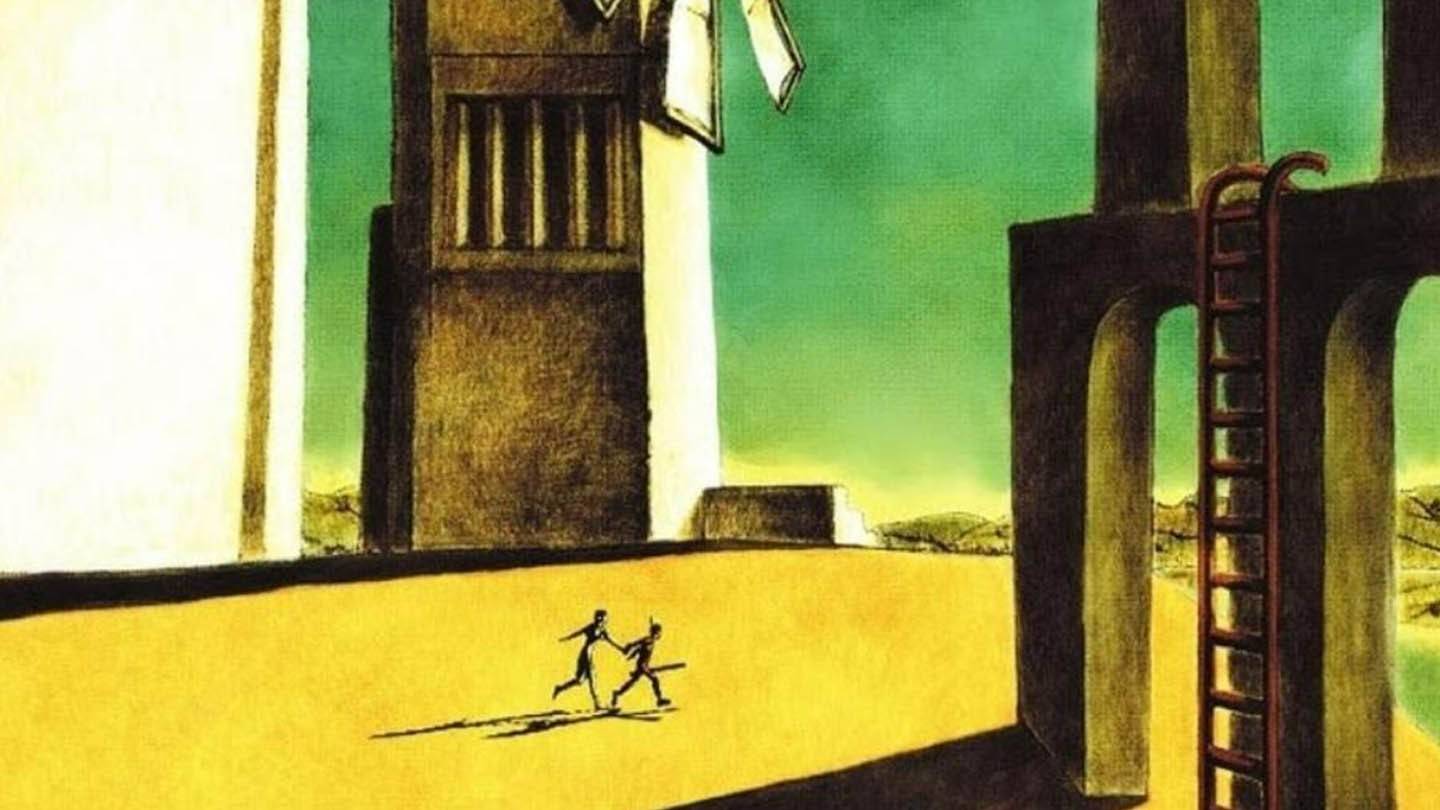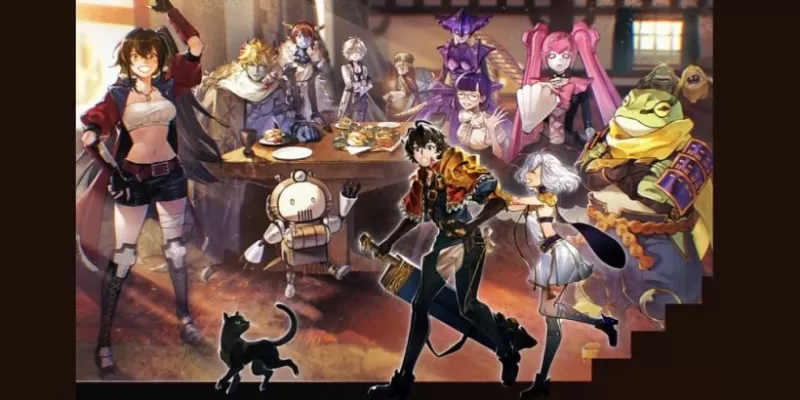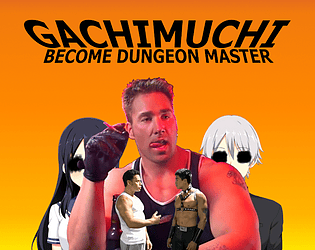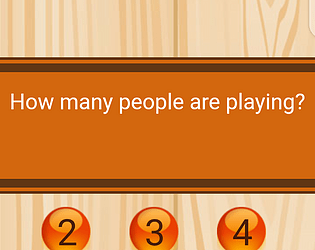
Yoko Taro, the visionary behind the critically acclaimed titles NieR: Automata and Drakengard, has often spoken about the profound impact of the game ICO on the medium of video games as a form of artistic expression. Released in 2001 for the PlayStation 2, ICO swiftly garnered a dedicated following, becoming a cult classic due to its minimalist design and wordless storytelling.
Taro has highlighted how ICO's central mechanic—where players guide the character Yorda by holding her hand—revolutionized gameplay conventions of its era. "If ICO had tasked you with carrying a suitcase the size of a girl instead, it would have been an incredibly frustrating experience," Taro noted. He stressed that the requirement for players to lead another character was a pioneering move, challenging the traditional concepts of interactivity in games.
At the time, successful game design was often measured by its ability to remain engaging even when all on-screen elements were stripped down to simple cubes. ICO, however, took a different route, prioritizing emotional resonance and thematic depth over purely mechanical innovation. According to Taro, the game demonstrated that art and narrative could transcend their roles as mere backdrops to gameplay, becoming essential elements of the experience.
Describing ICO as "epoch-making," Taro credited it with reshaping the trajectory of game development. He lauded the title for showing that video games could convey profound meaning through subtle interactions and atmospheric design.
In addition to ICO, Taro also mentioned two other influential games that had a lasting impact on both him and the broader gaming industry: Undertale by Toby Fox and LIMBO by Playdead. He argued that these games pushed the boundaries of what could be achieved through interactive media, proving that video games are capable of delivering deep emotional and intellectual experiences.
For fans of Yoko Taro's work, his admiration for these games provides valuable insight into the creative inspirations behind his own projects. It also highlights the ongoing evolution of video games as a powerful and versatile art form.








